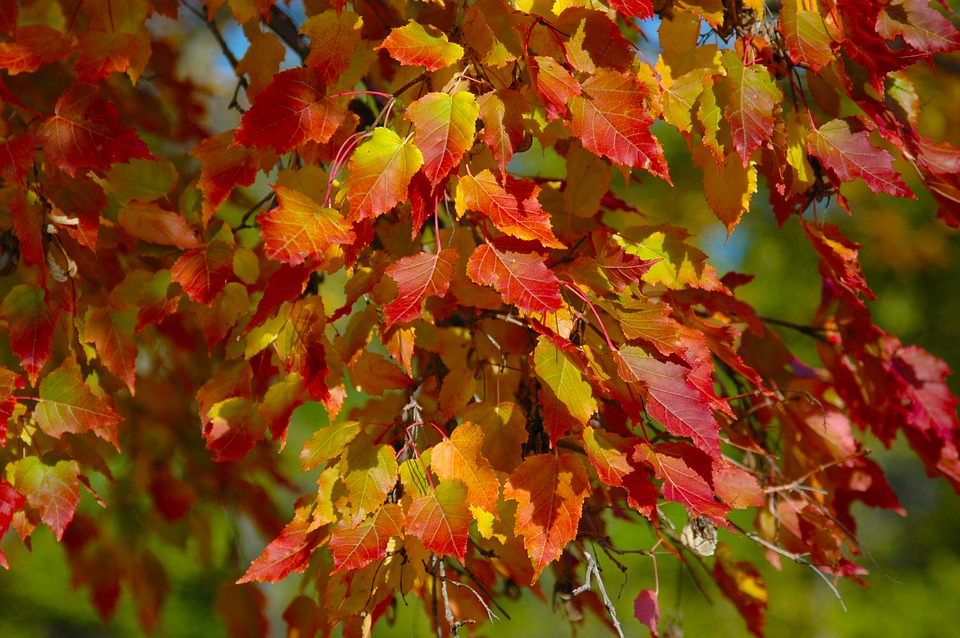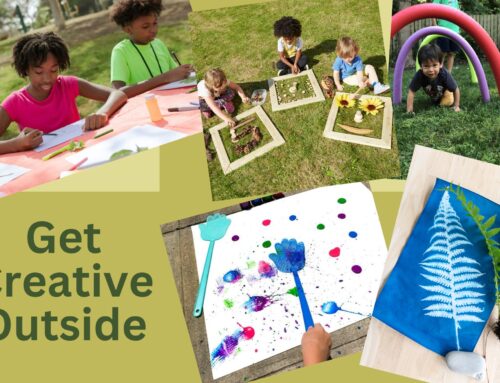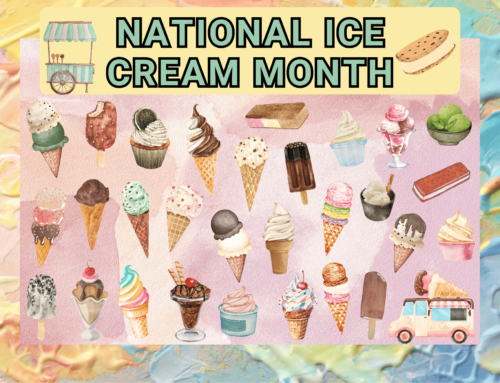
Fall is here and that means brightly colored leaves of red, yellow, or orange and piles of leaves to rake and jump in. Did you ever wonder how the bright green leaves of spring and summer give way to the fabulous colors seen in the fall?

Any tree that changes the color of its leaves and eventually loses them is called deciduous and those are the trees that we really like looking at in the fall. These trees go through a cycle every year where they put out new green leaves in the spring and then in the fall they change color and fall to the ground for us to rake or jump in. (Kidzone)

The trees that don’t lose their leaves in the fall are called evergreens and they have needle type leaves or leaves that stay green like your pine trees and your holly trees. (Kidzone)

Believe it or not there is an actual purpose for the leaves on a tree other than our enjoyment in the fall. Trees take energy from the sun, water from the ground and carbon dioxide from the air which helps them make glucose or sugar which they use as food for their survival to grow into great big trees. (Kidzone)

The leaves use photosynthesis to help with the making of food, which requires chlorophyll which is the stuff that makes the leaves green in the spring and summer.
When the seasons start to change and it gets colder out it is harder for the chlorophyll to make the food that the tree needs for those leaves to stay green. So the tree starts using the food that it has already stored up. And when the tree starts using that food gradually you see the leaves start to change color and those fall colors start showing up. They were there all along just masked by the chlorophyll in the leaves. (Conversation)(Kidzone)
STEAM Club Lab Report: Leaf Rubbings Booklet
Supplies

Procedure
1. Choose a leaf and turn it over so the veins are facing up.

2. Place a piece of paper over the leaf.

3. Select a crayon and begin rubbing it over the paper.

4. Repeat steps 1-3 until you have completed a rubbing of all of the leaves you have collected.

5. Label each rubbing with the name of the tree the leaf came from.

6. Then clip the sheets together and you have a neat booklet of the trees in either your yard or neighborhood that you have collected.










